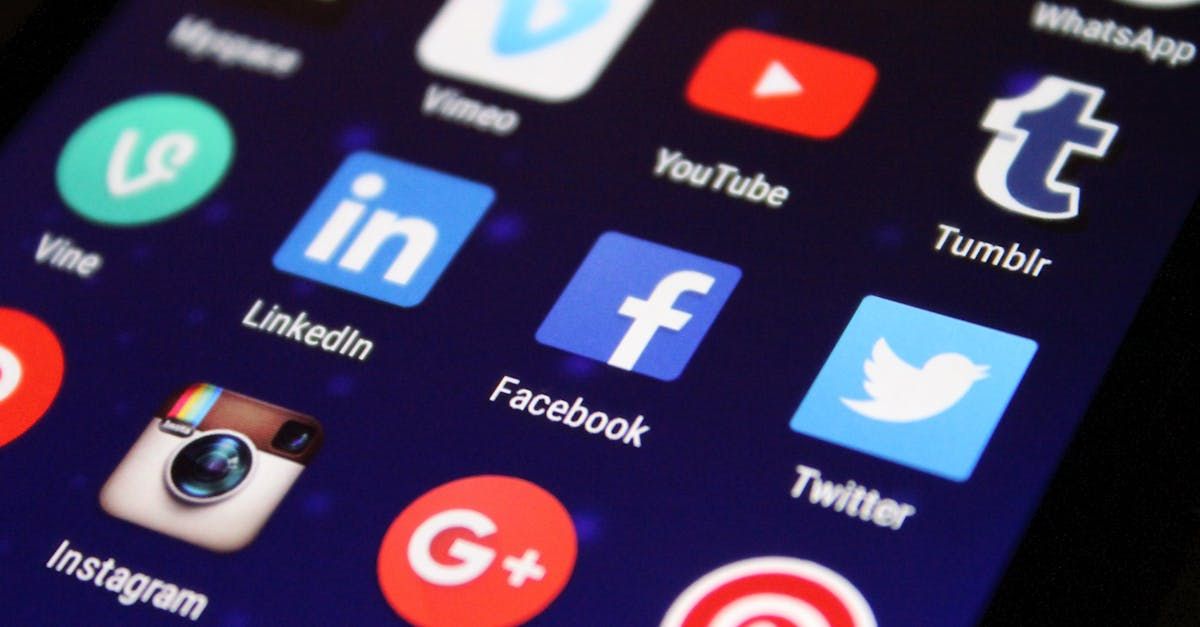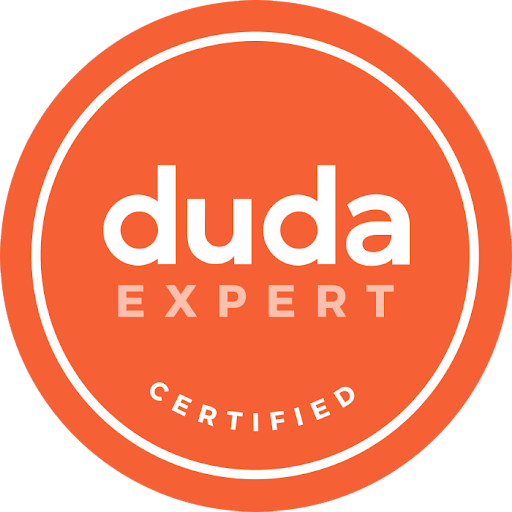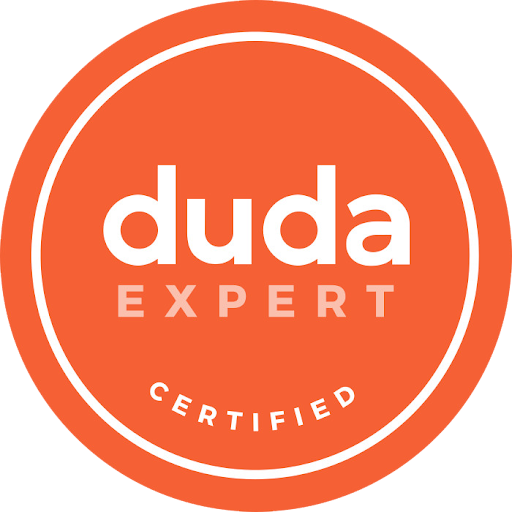Email Campaigns That Land On the Green: Tips for Golf Course Newsletters

Image by freepik
Golf course management might
seem like it’s all about keeping fairways green and visitors happy… But if you’re neglecting your non-present members, you’re missing out on a huge opportunity. Keeping up communication is the key to success, and email is by far the best way to reach your audience.
Unlike social media, emails land directly in the inboxes of your subscribers, meaning it’s a more intimate and controlled environment in which you can convey your message. If you aren’t already sending email newsletters, you should be—you’re speaking directly to people who are interested in what you’re offering. It’s money left on the table if you aren’t doing it.
Aside from booking more rounds, you’ll build trust with your members by keeping them informed and involved, get bigger crowds for upcoming events, and if you’re smart with special offers and sales, you can give your revenue a huge bump up.
Sound like a good plan? Here’s how to create a golf course email newsletter that people actually look forward to getting.
1. Understanding Your Audience
You already know your audience are golfers. But not all subscribers are the same, and tailoring your content to different segments can boost engagement by a huge amount.
For example, people who’ve already played a few rounds on your course will respond to a specific kind of communication, while those who haven’t played a round there yet will need to be spoken to a little differently.
Customize your messages to address the specific needs or interests of members compared to potential members or occasional visitors. Offer advanced tips and exclusive offers to frequent visitors while providing introductory content and incentives to casual golfers.
2. Writing Compelling Content
Monotony can kill a good newsletter, so make sure you’re giving your readers a good mix of content. Bored readers end up unsubscribing, so keep your emails interesting and varied.
Educational content like tips, tricks, and tutorials establish your newsletter as a trusted source in the industry. If you’ve got social media, you can pair your videos with your newsletter for better results on both.
Including testimonials, member spotlights (for example, hole-in-ones), and special achievements can make your members feel special and like they’re part of something bigger.
And don’t forget the promotional content—events, seasonal specials, and email-exclusive deals and discounts will keep people coming back for more great offers.
3. Designing an Attractive Newsletter
Just like a beautifully maintained course, an attractive newsletter will be a much more enjoyable experience for everyone. The key is balance—aesthetic appeal without clutter.
Green is the obvious color choice, and golf-inspired visuals make sense, but try to be a little creative with how you use them. There’s no need to go overboard—make sure your layout is well-organized and easy to read, that there’s not too much visual information that distracts from the message, and that everything is nicely spaced and centered.
Make sure it works well on mobile too. Test, test, and test some more before it goes live! If you struggle with design, it could be worth outsourcing this work to a
graphic designer.
4. Personalization and Customization
When you collect email addresses, ask for first names too. This allows you to address your readers by name, by using personalization tags in your email service provider. If you’ve got an online booking system, you may also be able to connect to it and use booking information or past event participation to make your newsletter more personal.
This is where segmentation comes in handy, too. For example, you might want to send a specific newsletter about an upcoming tournament to everyone who played in last year’s tournament and send a different message to those who’ll be playing for the first time.
5. Timing and Frequency of Emails
How often would you like to send emails? A weekly newsletter can provide consistent info and timely reminders, while a monthly newsletter will be more of an overview of what’s happened and what’s ahead.
It’s also a good idea to schedule your emails a little differently around special events, like tournaments, season changes, and holidays. For example, don’t wait until your usual monthly email to let people know there’s a tournament happening in 3 weeks—get a head start and send out a quick email so they can save the date.
6. Integrating Interactive Elements
Interactive, engaging emails are always the best kind. Adding multimedia can make your emails more immediately interesting, so consider things like video snippets of the course, or short instructional videos or GIFs.
Things like surveys and polls are also valuable. Not only do they give your people something to contribute to, but they’ll provide you with extremely valuable info you can use to improve your offering.
Another great way of enticing some interaction is by holding giveaways or
special gifts. Encourage your readers to share pictures or reviews on your social media for a chance to win something. Just remember to arrange for the winner to receive their prize. It doesn’t need to be big—a set of golf balls, a free round, or a free
training aid, for example.
7. Staying Compliant and Best Practices
Email laws vary by country, so do some research on your country’s laws and make sure you’re compliant. Breaking the rules can result in fines, but even worse, you may just be hit with a lawsuit.
Make sure you provide your subscribers with a clear “unsubscribe” option and never add anyone to your email list yourself. Make sure everyone on your list signs up willingly through a pop-up on your website.
Conclusion
Starting a newsletter is easy. Your email service provider probably already has the capabilities, and it’s generally a small learning curve to begin sending out valuable information to your subscribers.
If you’re serious about it, here’s our best piece of advice: create an email content calendar upfront, so you have an idea of what each newsletter is going to include. It’ll save you time and stress in the long run!
Also, set aside time every week/month to knuckle down and work on your newsletter. If that doesn’t seem feasible, then hiring someone to design, write, and schedule your newsletter for sending could be the smartest option.
Whatever you choose, don’t miss this opportunity. It’s one of the best ways to build a loyal customer base, keep them interested and involved, and make a bit more revenue than you already are.
About the Author
Jordan Fuller is a retired golfer and businessman. When he’s not on the course working on his own game or mentoring young golfers, he writes in-depth articles for his website, Golf Influence.



















